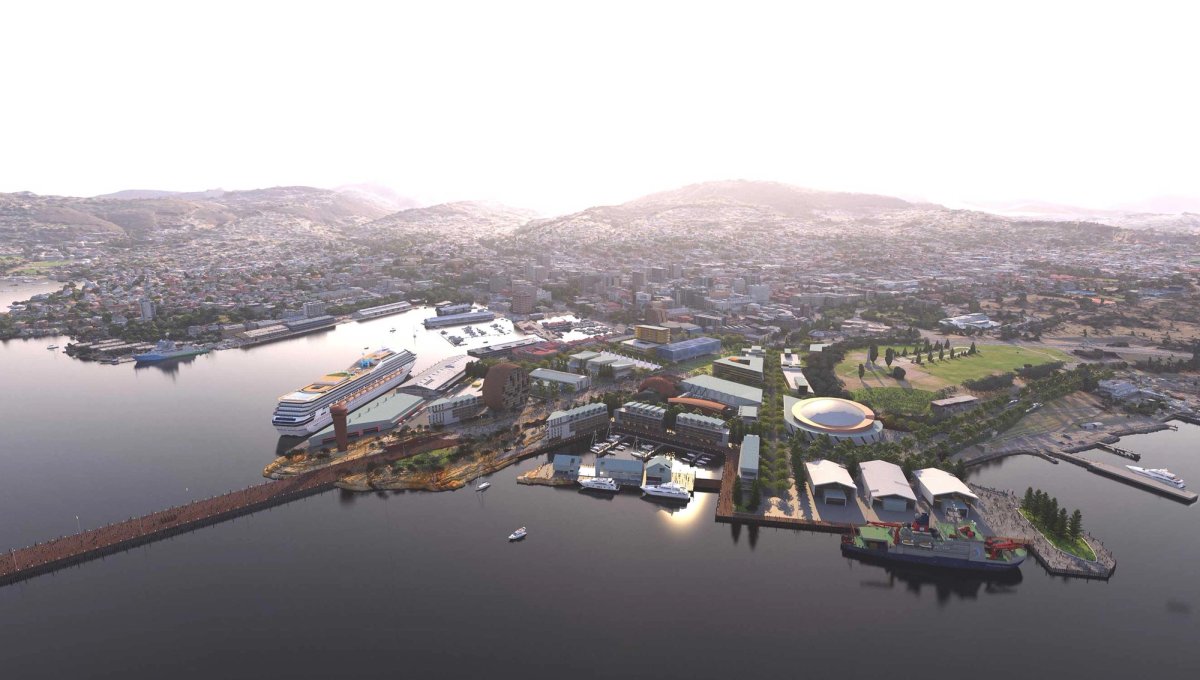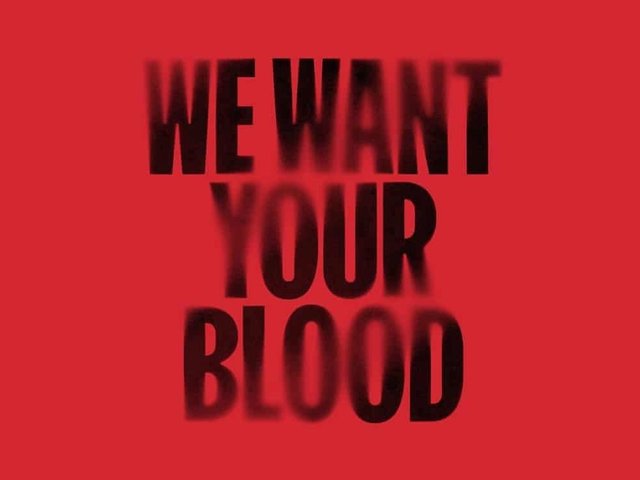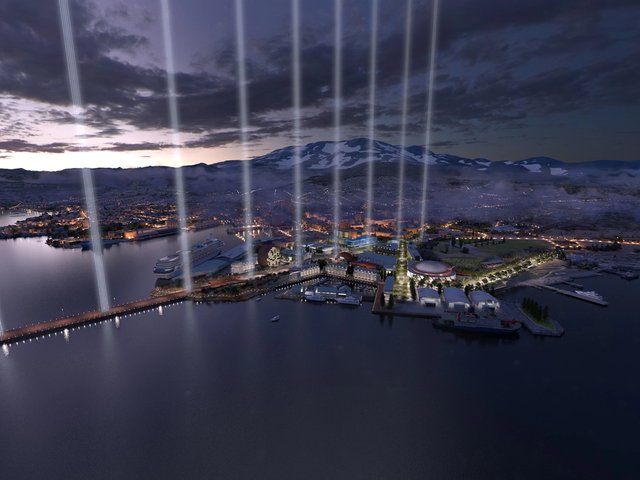In June 2022 the former chief executive officer of the Australian Football League (AFL), Gillon McLachlan, and the league’s executive general manager of finance, Matthew Chun, reportedly visited Hobart’s famed Dark Mofo annual winter solstice festival—not as art lovers but as land speculators. As the powerful AFL duo rubbed shoulders with the 20,000 visitors that flock nightly to Dark Park at Macquarie Point, a 9.3-hectare former industrial site that has played host to art installations by the likes of United Visual Artists, Anthony McCall and Doug Aitken for more than a decade, the football executives conjured up a spectacle of their own: a brand-new 23,000-seat football stadium, mostly paid for by Tasmanian taxpayers.
After eight unsuccessful bids, in May 2023 the AFL accepted a government-backed Tasmanian team into the competition on the proviso that a new stadium be constructed at Macquarie Point. The Liberal premier Jeremy Rockcliff’s support for the project also killed off a fully funded A$64.6m “truth-and-reconciliation” art park already in development on the site—part of a bold vision first proposed by Hobart’s Museum of Old and New Art (Mona) in 2016.
For Greg Lehman, a Trawoolway descendant, academic, curator and one of the project’s founders, the Mona-backed truth-and-reconciliation art park had the potential to affect “real generational change to Australia’s relationship with its past” by addressing a “big dirty secret”—the genocide British colonists waged in Tasmania against Aboriginal Tasmanians that nearly destroyed the entire Indigenous population, he says.
Key public space
Mona’s vision for the Macquarie Point site was originally conceived as “a cultural precinct with truth and reconciliation as an idea underpinning it”, says Leigh Carmichael, who heads up DarkLab, a subsidiary of Mona that also oversees Dark Mofo.
As the creative director of Dark Mofo for over a decade, Carmichael arguably understands the significance of the site better than most. “It’s just hard to find places where 15,000-20,000 people can gather,” he says. Macquarie Point is the last flat, open space within walking distance of Hobart’s city centre, “so how it’s used really, really matters”.
When Carmichael learned that the initial masterplan included apartments, hotels and “very little public space”, he persuaded the government to let DarkLab develop a vision for Macquarie Point. “If you put residences down there, cultural activity will get shut down”, he argues.
But it was Lehman who proposed that reconciliation and truth-telling should be the project’s foundation. “We’re stepping forward to be the first in Australia to do something of national and international significance,” he says.
Developed over a few short months, Carmichael and Lehman’s final vision included a Tasmanian Aboriginal heritage centre, a contemporary art gallery, an Antarctic research centre and science precinct, public art installations, and a wharf extending out into the harbour adorned with columns of light representing each of the nations of Aboriginal Tasmania. At one stage, the UK-based Eden Project had also signed on. It came as no surprise to Carmichael that the vision had a positive reception when made public in December 2016.“People were like, yes, that’s what we want, that’s the right direction,” he says.
‘Tokenistic’ park
“If somebody had told me five years ago that there was going to going to be a memorial to Aboriginal genocide in the CBD [central business district] of Hobart, I would have laughed. It’ll never happen. But I thought, with the Mona factor in the mix, anything’s possible,” Lehman says.
While the government appeared to embrace the project, “I don’t think they were ever serious about it”, Carmichael says. According to him, by the very next meeting the hotels and residential apartments were back in. “It’s either a public space or it’s a commercial, mixed-use development one; the two don’t go very well together.”
In 2018, DarkLab officially walked away from the table. “Projects need champions, and government just couldn’t do it”, Carmichael says, while Lehman stayed on as a member of the Tasmanian Aboriginal working group until 2023.
But as the stadium steadily reduced the size of the park, from 13,000 sq. m to “an area fronting the highway”, enough was enough. “This is looking like it’s going to be tokenistic, and we don’t want anything to do with it,” Lehman eventually told the chief executive of the agency overseeing Macquarie Point.
On 19 July, Tasmania will hold a snap election, triggered by a vote of no confidence in Premier Rockcliff over the estimated A$1bn price tag of the stadium and mounting state debt. While many Tasmanians support having a state-sponsored team in the AFL, many believe that Macquarie Point is not the place for a stadium. Whatever the outcome, Carmichael believes that Dark Mofo’s Dark Park will not continue on the site next year.




